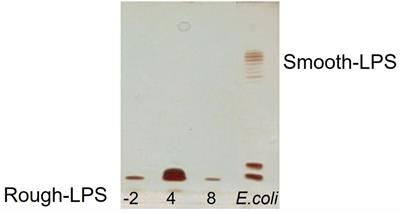EDITORIAL
Published on 26 May 2022
Editorial: Microbial Life Under Stress: Biochemical, Genomic, Transcriptomic, Proteomic, Bioinformatics, Evolutionary Aspects, and Biotechnological Applications of Poly-Extremophilic Bacteria, Volume II
doi 10.3389/fmicb.2022.910962
- 999 views
- 1 citation











